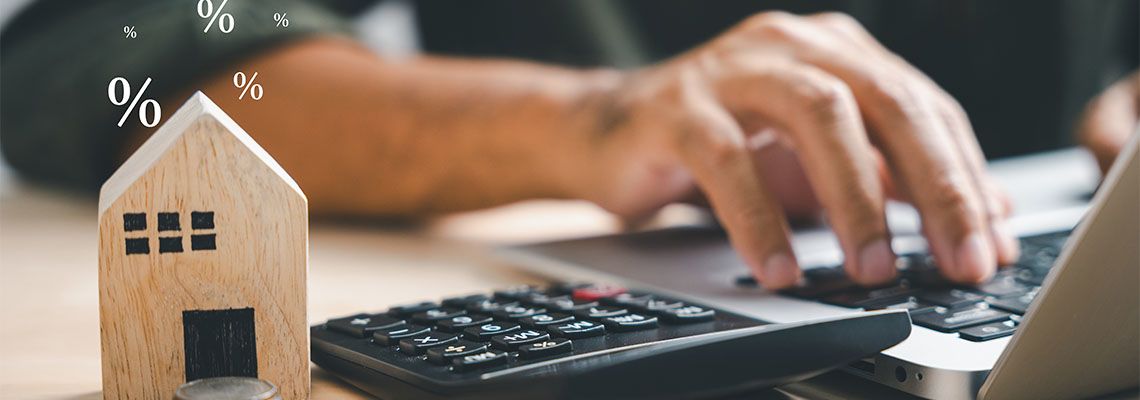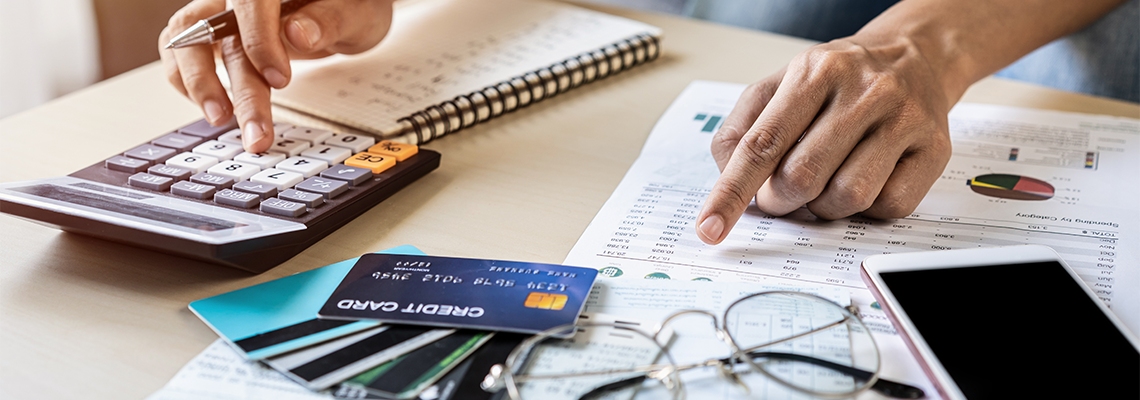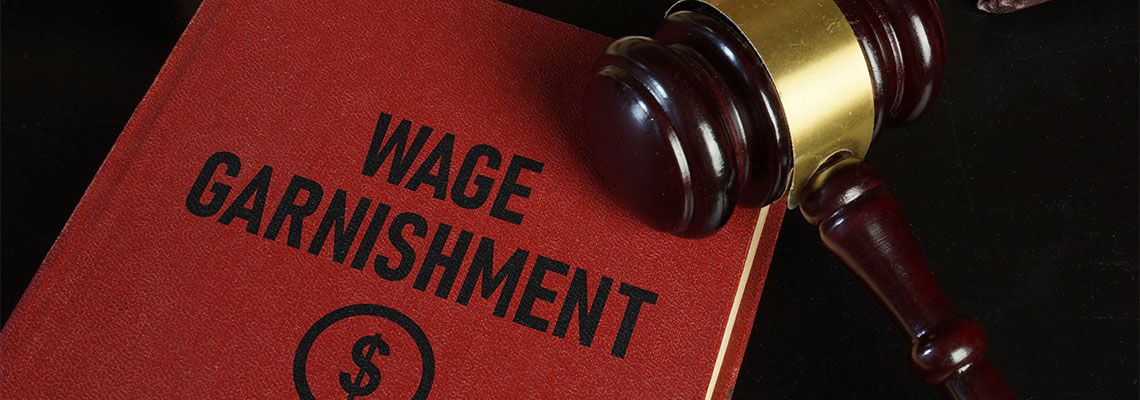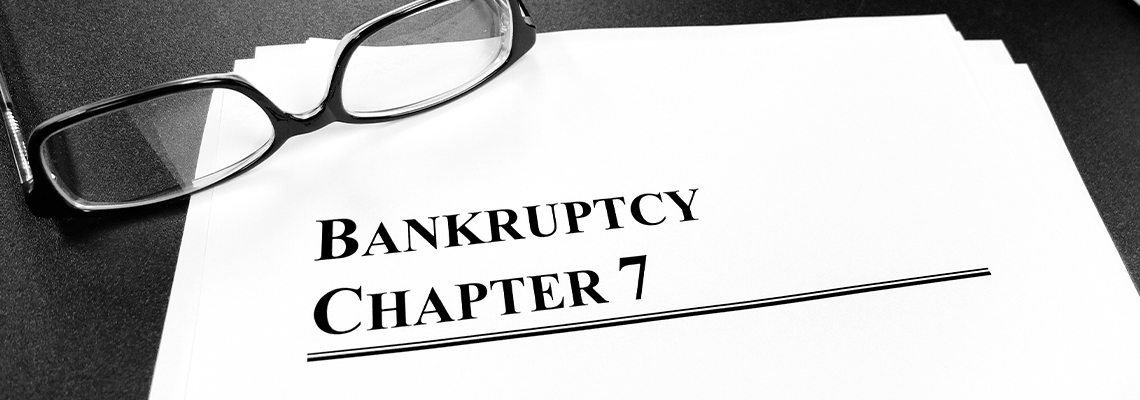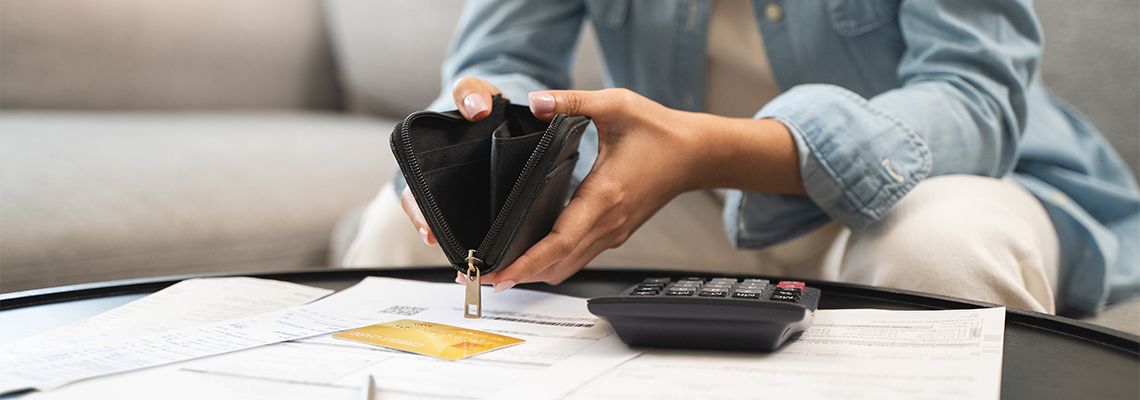The Law Office of Marc G. Alster
Mortgage Debt Forgiveness Strategies
When you purchase real estate, many people take out a mortgage to finance the purchase. This means that you borrow money from a lender, such as a bank or mortgage company, and agree to pay back the loan over time with interest. However, unforeseen circumstances can occur that may make it difficult for you to continue making mortgage payments.

